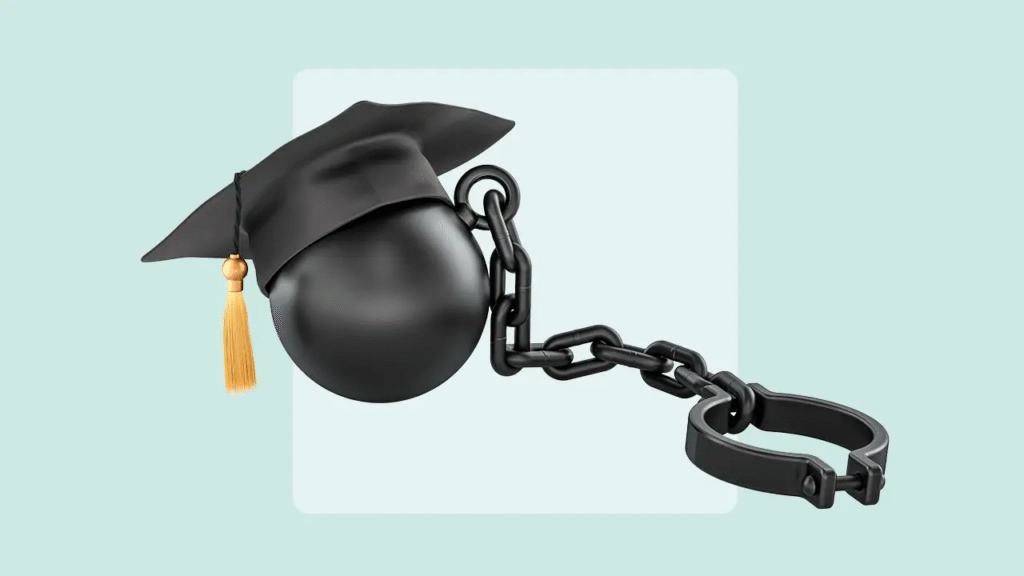The U.S. government has resumed garnishing Social Security benefits from older Americans who have defaulted on federal student loans, ending a pandemic-era pause and putting hundreds of thousands of seniors at financial risk.
Resumption of Collections
As of May 5, 2025, the Department of Education has reinstated the Treasury Offset Program. This allows the government to withhold certain federal payments, including tax refunds and Social Security benefits, from borrowers who have defaulted on their student loans. The move follows the end of a 12-month grace period that started after the pandemic-related student loan payment pause ended on September 1, 2023.
Impact on Older Borrowers

Roughly 452,000 Americans aged 62 and older are currently in default on federal student loans. These individuals are now at risk of having up to 15% of their monthly Social Security benefits withheld. While the law requires that garnishment cannot reduce payments below $750 a month, critics argue this amount—set in 1996—does not reflect today’s economic realities.
Advocacy groups and borrowers say the policy places already vulnerable seniors under greater financial strain. Many of these older Americans have repaid the original value of their loans, but interest and penalties have kept their balances growing.
Policy Changes and Legislative Responses
The resumption of garnishments represents a shift from earlier policies. During the Biden administration, a temporary policy increased the protected income threshold to 150% of the federal poverty line—about $1,883 per month. That safeguard has now ended.
In response to the current policy, several lawmakers have reintroduced the Ending Administrative Wage Garnishment Act of 2025. This bill aims to end the use of Social Security and other federal benefit garnishments for student loan collections. It also seeks broader reform of the wage garnishment system used to collect on defaulted federal student loans.
Options for Borrowers
Borrowers who are in default are not without recourse. There are several steps they can take to prevent garnishment or stop it if it has already started:
- Loan Rehabilitation: This process allows borrowers to make a series of affordable monthly payments, typically over 9 to 10 months, to bring their loan out of default.
- Loan Consolidation: Borrowers can combine one or more federal loans into a new loan and choose an income-driven repayment plan to avoid default.
- Income-Driven Repayment Plans: These plans base monthly payments on the borrower’s income and family size and can be as low as $0 per month for very low-income individuals.
Experts advise contacting the Department of Education’s Default Resolution Group as soon as possible to understand available options and avoid or resolve involuntary collections.
Conclusion
The restart of Social Security garnishments for student loan defaults is expected to have serious consequences for older Americans, many of whom rely on these benefits as their primary or only source of income. The debate over how to balance debt collection with protecting financially vulnerable populations continues, but for now, many seniors are already feeling the effects.
Borrowers who believe they may be at risk should act quickly to explore repayment or rehabilitation options. Public officials and advocacy organizations are calling for reforms, but until new policies are enacted, seniors remain subject to the current system.
For assistance or more information, visit the following official resources:
- U.S. Department of Education: www.ed.gov
- Federal Student Aid: studentaid.gov
- Consumer Financial Protection Bureau: www.consumerfinance.gov




